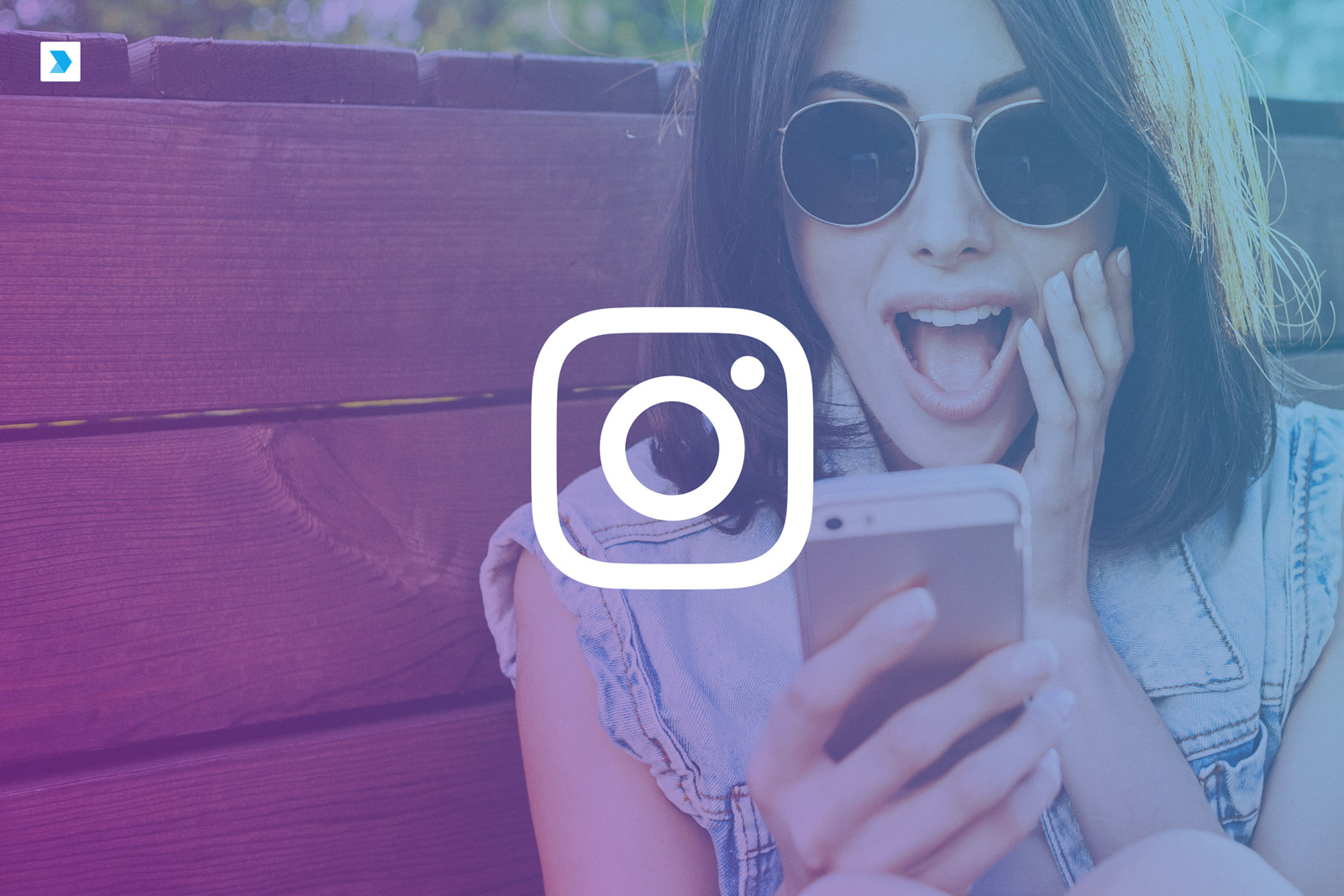
06 Jul 8 Digital Marketing Trends to Watch Out for in 2019
Digital marketing, simply put, cannot be ignored. No one is disputing the power of effective marketing. An effectively executed marketing and advertising campaign can serve the needs of any business and increase the demand for the product or service that they offer. But times have changed, and while the need for marketing is still essential, where that marketing is most effective has changed a lot.
If you want to go where the people are, you need to be active online. The influence of the digital landscape, or ‘cyberspace,’ has been steadily growing since the 1990’s, and now, just a few decades later, it is a major virtual environment for the vast majority of people on the planet.
Social media, streaming content, and the ease of creating or consuming digital content have made the internet the place to be. So if you want to market to your audience online, how should you do it? In this article, we explore the top trends digital marketers should know or prepare to master.
1. Facebook May Be Peaking
The good news is that Facebook is still currently the #1 social media platform in the United States, with an impressive 41% of its users being over the age of 65. So for marketing that targets a senior demographic, there simply isn’t a better platform. On the other hand, Facebook had a difficult 2018, with a data breach that affected 14 million users, gaining a reputation for being the platform of choice for weaponized, political propaganda, and a continuing drop in popularity with younger demographics, so much so that many people feel the relationship between the public and Facebook may be changing.
It’s important for future digital marketers to really look at who their target market may be, because Facebook may be very unsuitable for some campaigns, especially as it continues to trend downwards with younger demographics. Make no mistake, Facebook is still massive, and many Americans continue to check in on it, but be more judicious with who you’re marketing to, and make sure they’re still on Facebook, or you’re targeting the wrong social media platform.
2. Instagram is a Hit with the Kids

Fortunately for Facebook, their greatest threat is no threat at all since they bought Instagram. The image and video-based social media platform is optimized to make it very easy for users to share photos and videos from their phone, which is now the most ubiquitous computing device on the planet and rapidly growing as the computer of choice for the general public.
Instagram’s meteoric rise has already passed one billion users, an impressive achievement. That means it’s one of the most rapidly growing social media platforms and, perhaps more importantly, much of its user-base is the coveted younger demographic, especially under 30, that Facebook is losing, due to its reputation as the social media platform for “old people.”
3. Chatbot Use Will Increase
Chatbots are just a specialized form of software that acts as a virtual “concierge,” communicating with users and assisting them in completing their goals. Chatbots interact with humans in a natural way, primarily through the use of text chat windows, but verbal interactions are also possible.
Chatbots are already used extensively in Facebook, by the tens of thousands for different tasks. Everything from providing weather reports to automating some basic customer support functions can be easily handled by sophisticated software. Bots allow users to get personalized, focused interactions without pulling too much from limited human resources. Their effectiveness in 2018 is already showing a significant increase in usage, and that use is likely to continue growing for digital marketing in 2019.
4. Video Is a Must

A total of 73% of all Americans engage with YouTube. That means more than half of all Americans are watching videos, and a lot of those videos are created in the service of digital marketing. While YouTube may be the most popular way to consume videos, even more popular than Facebook, that doesn’t mean that you shouldn’t be putting videos on Facebook or any of the other social media platform for that matter.
Video digital marketing, in some ways, offers the best of both worlds. The actual budgeting and mechanics of video production are well understood and documented, since video itself is a 20th century medium. However, now video is paired with the incredibly accurate and valuable user metrics of digital media to provide much more useful data on how specific efforts are performing. Whether you’re creating videos for Instagram, Facebook, YouTube or even your own website, it is a top-tier, incredibly effective digital marketing tool. You can capture and convey a lot of information and your brand’s personality with video. As long as you stick to the fundamentals of good video production, you can make impressive gains.
5. Live Video Is a Separate Yet Important Thing
While video is a valuable tool, one of the fastest rising stars in digital marketing is the use of live video. Part of this is due to the massive spike in streaming services, thanks to popular channels such as “Twitch,” which allows people to easily stream video game play, or even devices like Sony’s PS4 game console that come with live streaming abilities built right into the box.
Live streaming, as it is called, is especially big for digital marketing when combined with influencer marketing. Whether it’s the new generation of social media influencers or traditional sources, such as celebrities, athletes, and musicians, having a live stream with an influencer who is interacting directly with comments is a huge draw for an audience. An influencer live stream is an incredibly useful, high profile form of digital marketing right now. The spontaneity and interactivity of live streaming can undoubtedly be a big draw when done right, with a well-chosen personality.
6. Good Content Still Matters
Content marketing continues to be an essential component of digital marketing, although there’s an increasing emphasis on nuance in content. The quality is always going to matter a lot, but now there’s a renewed interested in looking more deeply into who the intended recipients are. Having a deeper, more sophisticated understanding of a targeted market and being able to target that market more precisely is a rising trend in more effective marketing.
So while general audience content was, is, and always will be important, specialized material for specific industries or experts can also yield impressive results. That, combined with improving techniques in measuring content effectiveness, keep content marketing relevant and moving forward.
7. Email Is Getting More Personalized
Email continues to be a major channel of communication, with billions still using it for personal, commercial, industrial, legal, scientific, and academic purposes. In others words, email is here to stay, and email marketing itself continues to be important.
However, email marketing is evolving, and generic marketing emails aren’t as effective as they once were. It is now a combination of automation and, more importantly, personalization that makes email marketing important for 2019. When you can trigger your email marketing to something specific, such as a user browsing a particular product, and then follow up with a promotional price or demo video in a personalized email, this can be very effective. Email is often the final “trigger” to motivate an action, especially when combined with your remarketing techniques.
8. Voice Interaction Is Going Up

Thanks to Siri, Google, Alexa, and a host of other “smart” devices, verbal interaction with devices is continuing to rise. The real takeaway is that talking is simply a preferred way of interacting. And now the machines are finally catching up to the way people want to search, shop, and discover new things.
However, this presents some interesting challenges. Conducting a voice search, for example, is very different from typing a query, particularly in the results. When a person performs a text-based search, the screen displays one page at a time the results. But when someone asks a device to conduct a search and the device replies verbally, it may only give a few choices at most, and frequently, they supply just one choice.
That means that preparing for voice searches is going to require a different approach, but it’s one area of digital marketing that can’t be ignored because people are relying on it now more than ever. For example, writing meta-descriptions of websites might need to be optimized for speech so that it “reads better” out loud, when being spoken, rather than the drier style used for a strictly text-based search approach.


Sorry, the comment form is closed at this time.